The Arabian Gulf has transformed from a sparse desert region into a global crossroads featuring some of the world’s most ambitious cities. Dubai and Doha have emerged as two of the Middle East’s premier destinations, each offering visitors remarkable experiences through distinctly different approaches to urban development.
Here is a list of 17 things to expect when visiting each city, highlighting their unique characteristics and what sets them apart from one another.
Skyline Impact
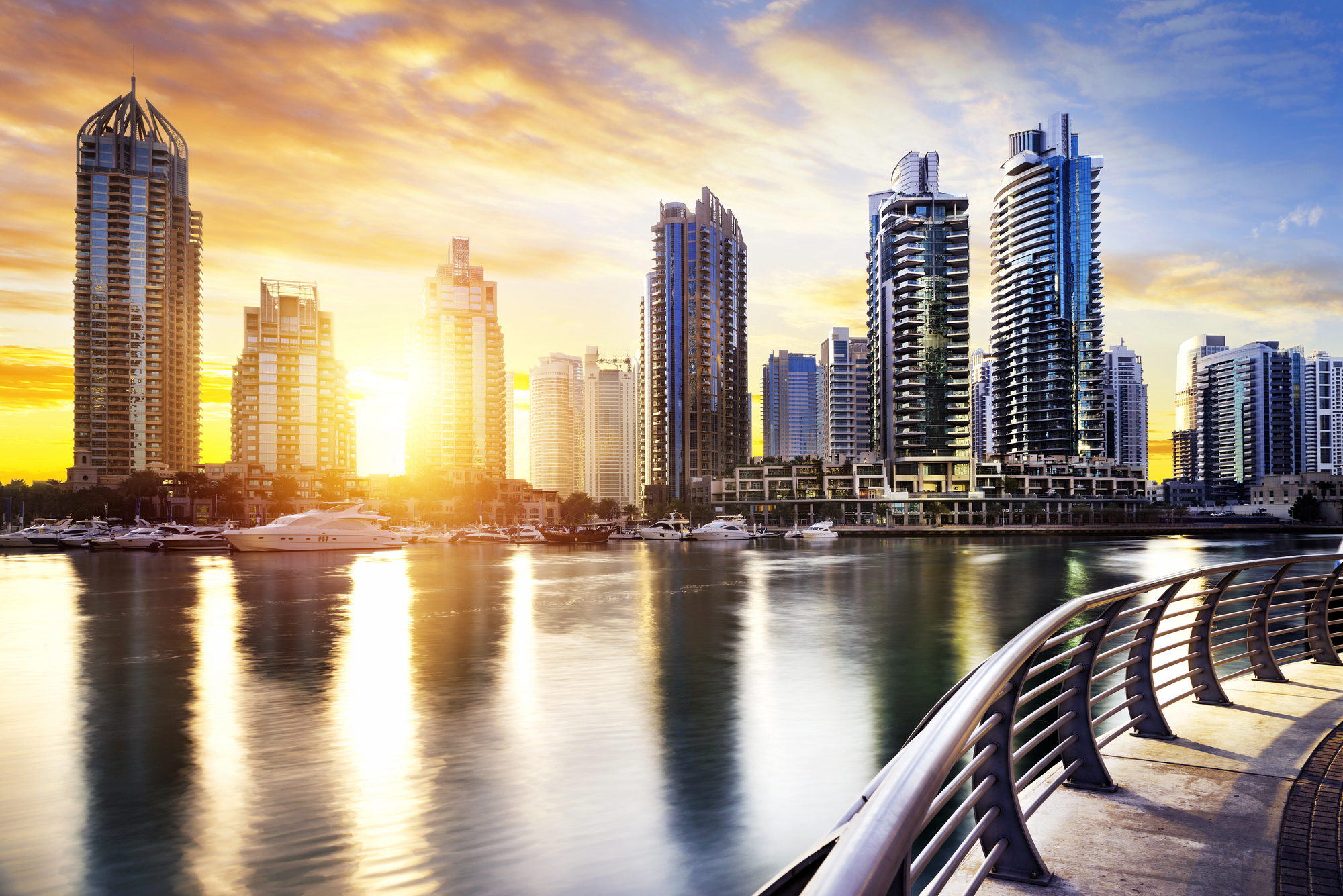
Dubai presents an instantly recognizable skyline dominated by the world’s tallest building, the Burj Khalifa, alongside dozens of futuristic skyscrapers competing for attention along Sheikh Zayed Road. The vertical ambition creates an immediate visual statement about the city’s determination to break records and push architectural boundaries.
Doha offers a more curated skyline with buildings designed by star architects like I.M. Pei and Jean Nouvel, creating a cohesive collection of distinctive structures rather than a competition for height, with the curved towers of the West Bay district forming a harmonious ensemble.
Cultural Investment
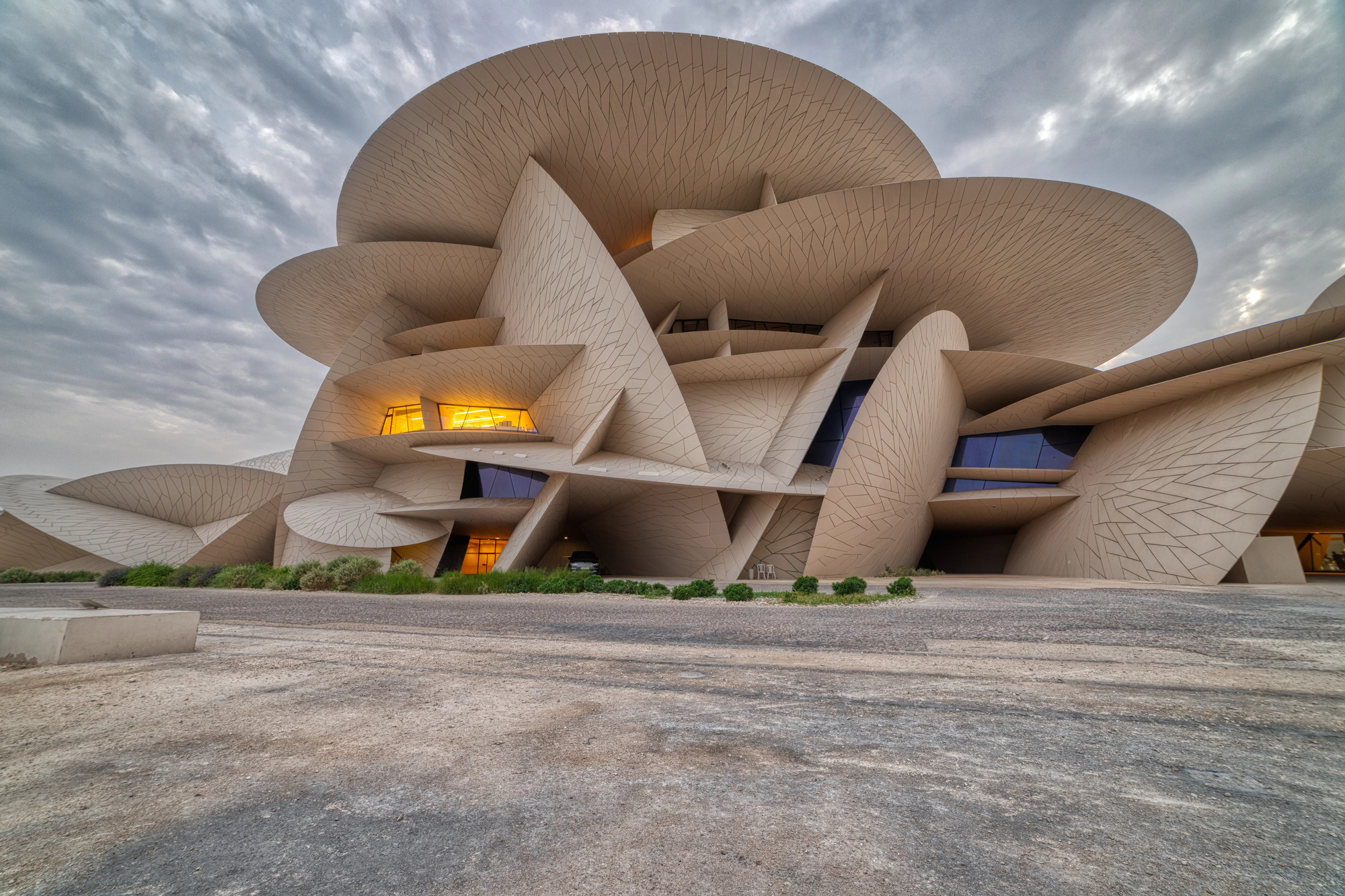
Dubai emphasizes commercial entertainment with massive malls, theme parks, and attractions designed primarily for visitor enjoyment rather than cultural preservation or education. The focus remains on creating superlative experiences that drive tourism and establish the city as an entertainment capital.
Doha has invested billions in world-class museums, including the Museum of Islamic Art and the National Museum of Qatar, positioning itself as the Gulf’s cultural center with institutions designed to preserve heritage and educate visitors about regional history and artistic traditions.
Design Philosophy
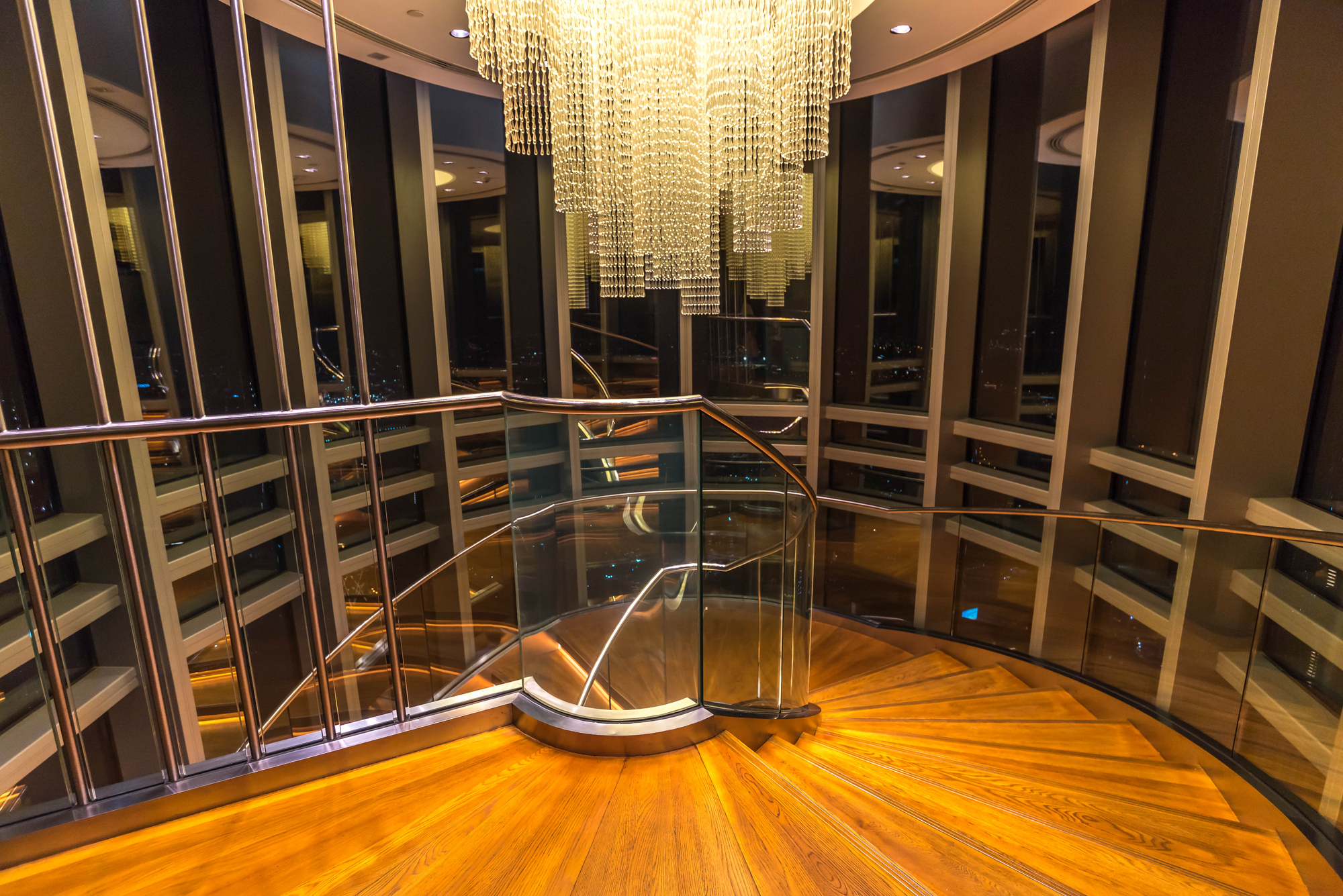
Dubai embraces maximalism with gold-plated hotel lobbies, indoor ski slopes, and artificial islands visible from space, demonstrating a ‘more is more’ aesthetic that celebrates excess as an achievement. The city treats impossibility as a challenge, deliberately pursuing projects that seem unfeasible to demonstrate technical capabilities and ambition.
Doha follows a more restrained approach with carefully commissioned buildings by renowned architects, creating a sophisticated urban fabric that balances traditional Islamic elements with contemporary design principles, prioritizing cultural context over spectacle.
Like Travel Pug’s content? Follow us on MSN
Waterfront Development
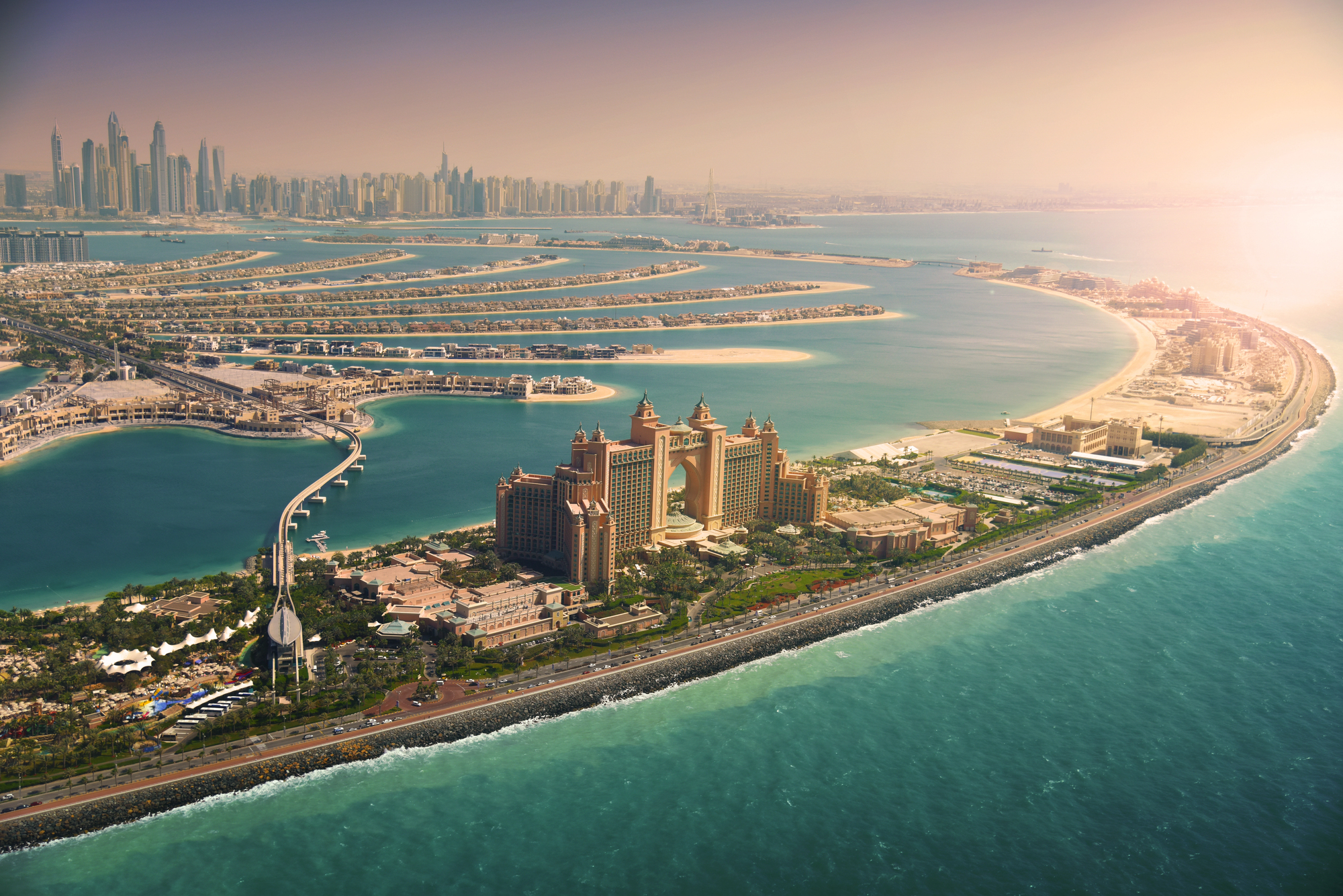
Dubai has created completely new coastlines through massive engineering projects like Palm Jumeirah and Bluewaters Island, essentially manufacturing waterfront real estate through ambitious land reclamation projects designed primarily for luxury tourism and residential development.
Doha centers its waterfront development around the historic Corniche, a 4-mile crescent-shaped promenade that preserves the natural bay contours while providing public space for residents and visitors to enjoy the waterfront regardless of economic status.
Transportation Systems
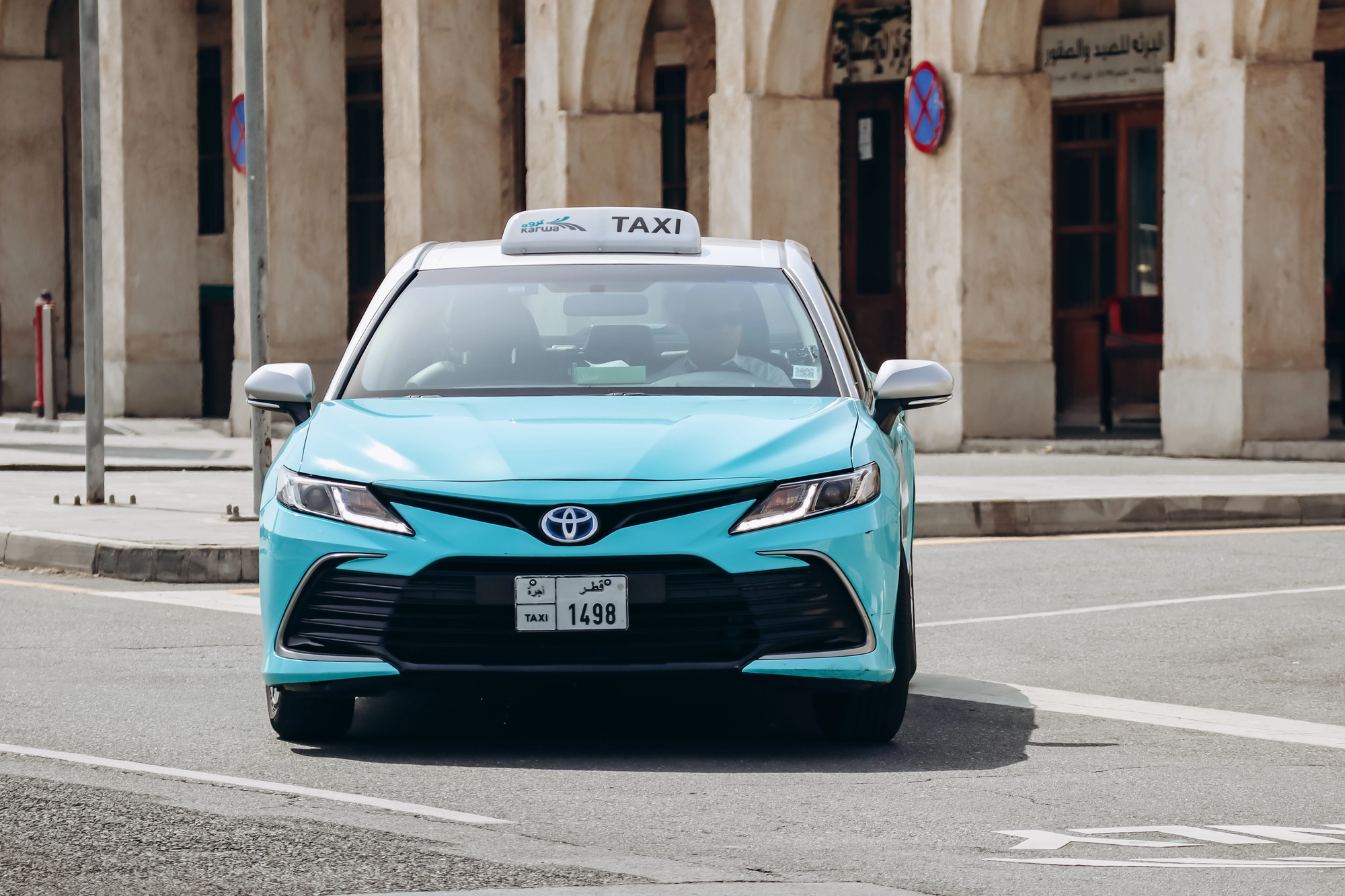
Dubai operates the Gulf region’s most extensive public transit network, centered around a driverless metro system connecting major tourist areas, business districts, and the airport with stations featuring distinctive shell-shaped architecture. The comprehensive system makes it reasonably practical to visit Dubai without renting a car despite the city’s sprawling nature.
Doha relies more heavily on road transportation with the limited public transit options currently available, making taxis and ride-sharing services the primary means of getting around for visitors unfamiliar with the city’s layout.
Dining Landscapes
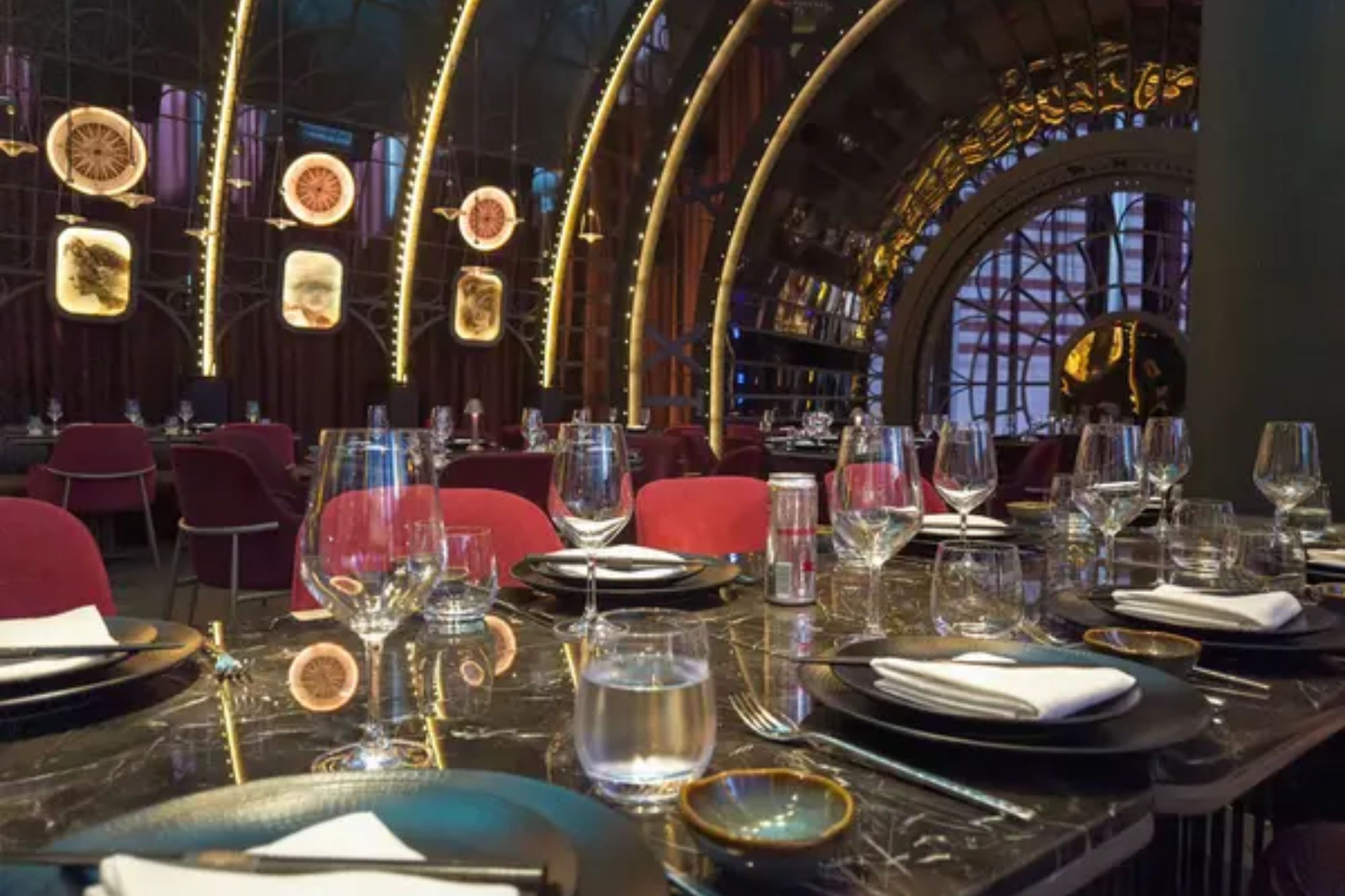
Dubai houses outposts of virtually every globally recognized restaurant brand alongside local establishments, creating an international dining scene where visitors can find familiar names from their home countries or experiment with authentic regional cuisine. The dining landscape reflects the city’s role as a global crossroads and expatriate hub.
Doha maintains a stronger connection to traditional Qatari cuisine, with more locally-owned restaurants serving authentic Gulf specialties like machboos and harees alongside a growing international dining scene still dominated by independent establishments rather than global brands.
Like Travel Pug’s content? Follow us on MSN
Shopping Experiences
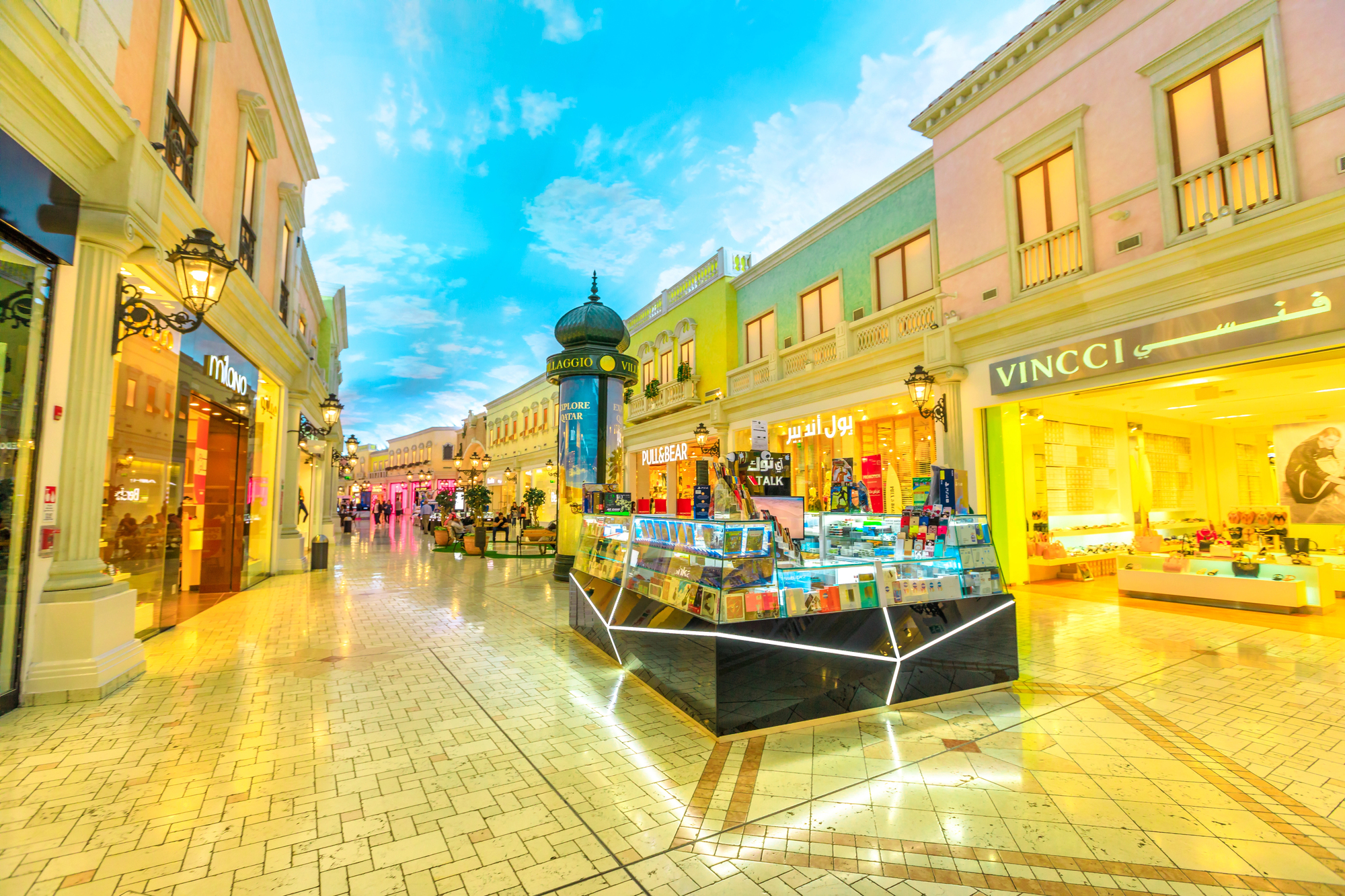
Dubai has elevated retail therapy to an art form, with megamalls functioning as entertainment destinations featuring attractions like indoor aquariums, ice rinks, and theatrical fountains alongside hundreds of stores ranging from global fast fashion to luxury boutiques. The shopping experience often becomes the main activity rather than a side pursuit during visits.
Doha offers more traditional retail experiences through its renovated Souq Waqif, where narrow alleyways house shops selling spices, handicrafts, and textiles in an atmosphere evoking historical Arab marketplaces, creating shopping experiences connected to cultural heritage rather than pure consumption.
Architectural Heritage
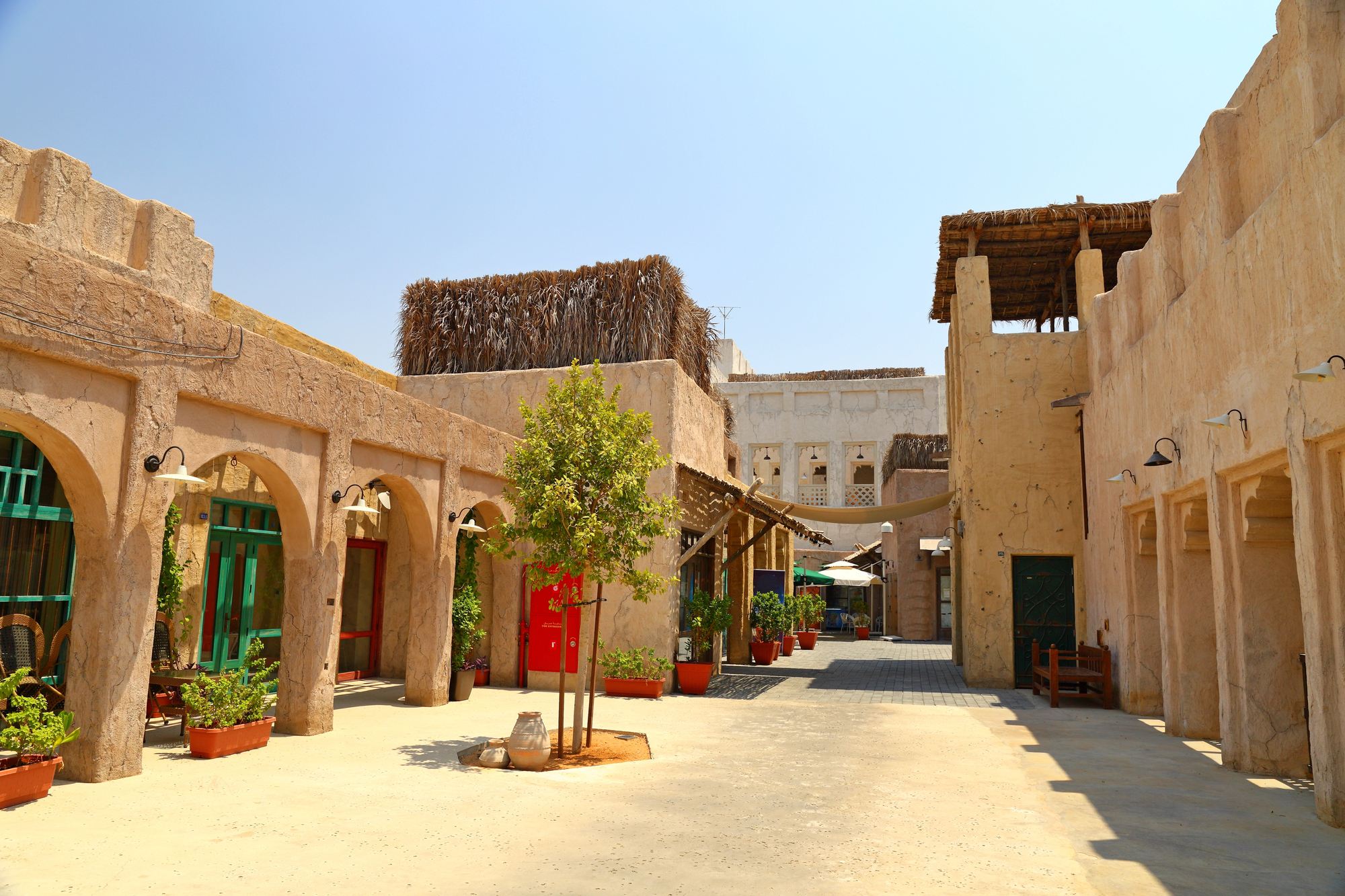
Dubai preserves small pockets of traditional architecture, primarily in the Al Fahidi Historical District, with most historic structures having been demolished during rapid development phases in the late 20th century. The city’s identity lies almost exclusively in its contemporary constructions rather than historical buildings.
Doha maintains larger areas of traditional architecture through careful preservation and reconstruction projects, with neighborhoods featuring wind towers, courtyard houses, and other Gulf vernacular elements that connect modern Qatar to its pre-oil history.
Natural Environment
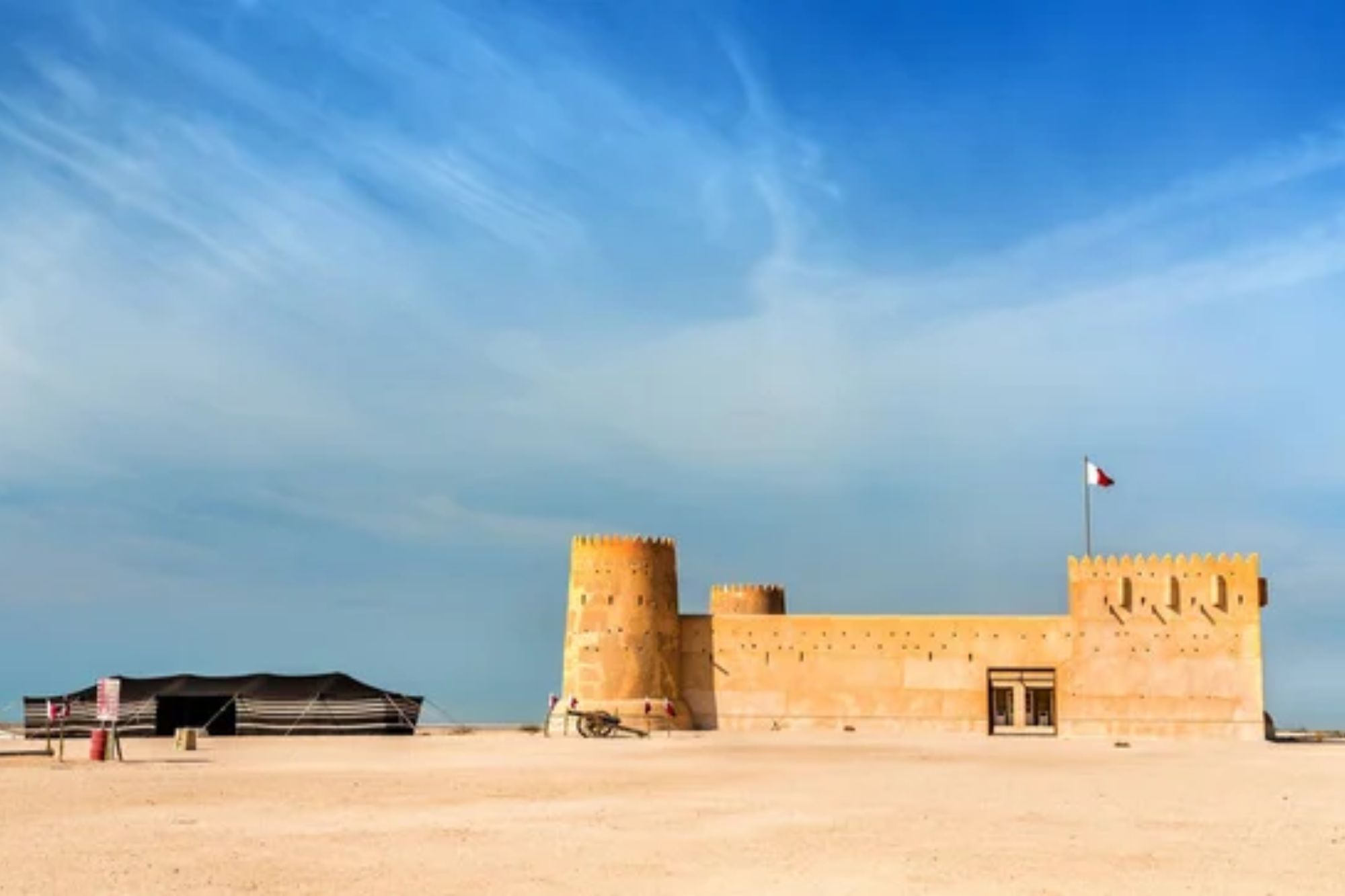
Dubai exists in constant tension with its harsh desert environment, creating artificial microclimates through extensive air conditioning, imported landscaping, and water features that require enormous resources to maintain in an arid climate, averaging just 4 inches of rainfall annually.
Doha embraces its natural setting more readily, with native desert landscaping featured prominently in public spaces, retention of natural shorelines along portions of the bay, and design elements that acknowledge rather than defy the local climate conditions.
Like Travel Pug’s content? Follow us on MSN
Pace of Life

Dubai operates at a relentless tempo, with construction continuing around the clock, businesses open late into the evening, and a general atmosphere of perpetual motion reflecting its position as a commercial hub connecting global markets across time zones. The city embodies the contemporary ideal of the city that never sleeps.
Doha maintains a more measured rhythm with distinct daily patterns including afternoon quiet periods, fewer 24-hour establishments, and a generally more relaxed approach to time that creates a less frenetic visitor experience despite ongoing development projects.
Population Makeup

Dubai hosts one of the world’s most demographically imbalanced populations, with expatriates comprising approximately 90% of residents, creating an extraordinarily diverse urban environment where hundreds of nationalities coexist in a city where Emirati citizens form a small minority.
Doha maintains a higher percentage of Qatari citizens within its population, creating more opportunities for visitors to interact with locals and experience authentic Qatari hospitality despite still having a significant expatriate community primarily from South Asia and other Arab nations.
Tourism Approach
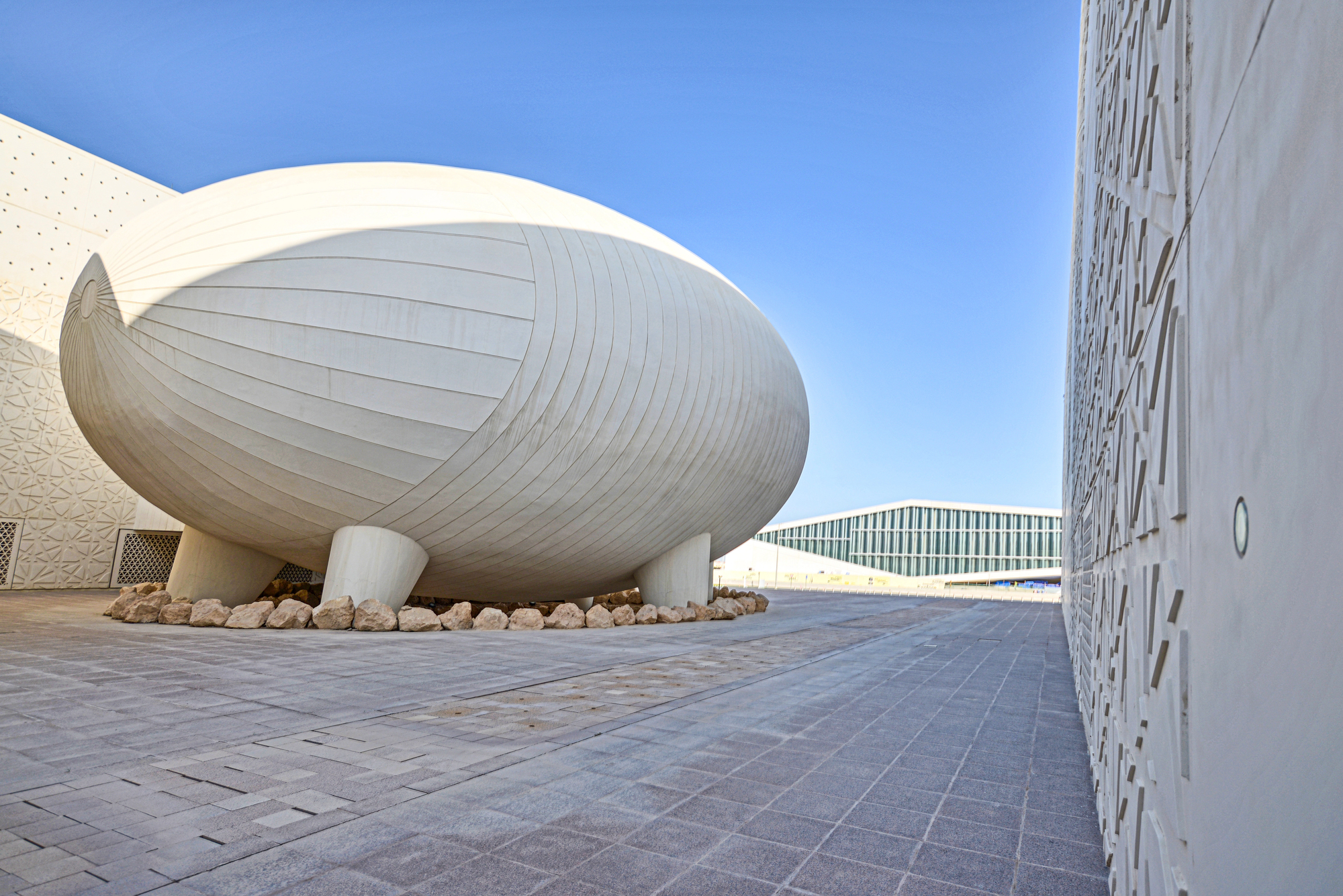
Dubai aggressively courts mass tourism through extensive marketing campaigns, visa facilitation, and the development of attractions specifically designed to drive visitor numbers across all budget segments from backpackers to ultra-luxury travelers. The tourism sector forms a core economic pillar explicitly identified in development strategies.
Doha pursues a more selective tourism approach focused on cultural, educational, and business visitors rather than mass leisure tourism, with the development of facilities and attractions aimed at specific visitor segments rather than maximizing overall numbers.
Like Travel Pug’s content? Follow us on MSN
Climate Adaptation
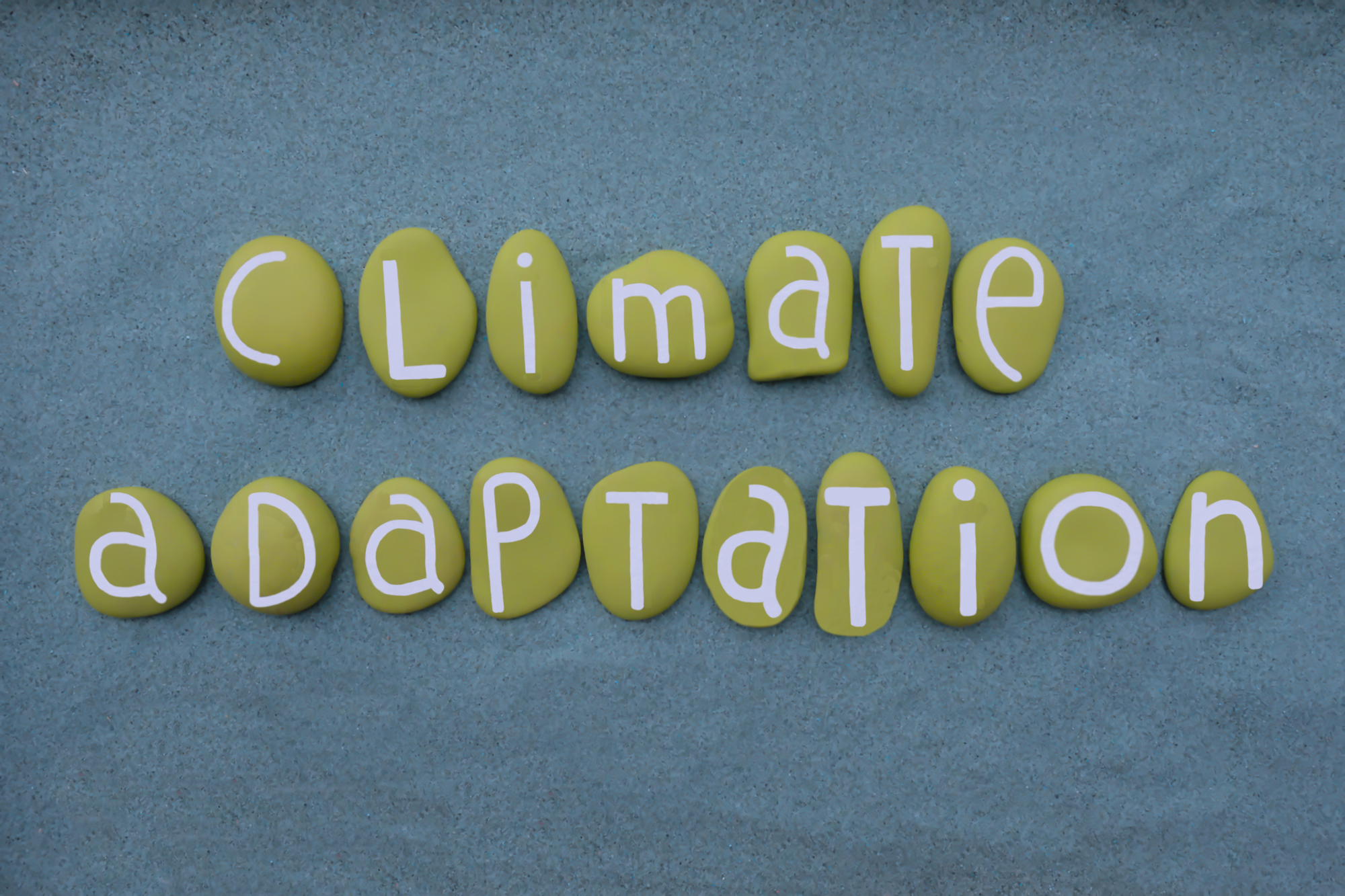
Dubai relies heavily on technological solutions to make its climate tolerable during summer months when temperatures regularly exceed 100°F, with enclosed air-conditioned walkways connecting buildings and indoor venues for most activities during the hottest season. The approach essentially creates an alternate indoor city during the summer months.
Doha has incorporated more traditional cooling methods alongside modern technology, with many public spaces featuring shaded walkways, wind towers, and water elements that employ centuries-old desert cooling techniques updated for contemporary use.
Nightlife Scenes
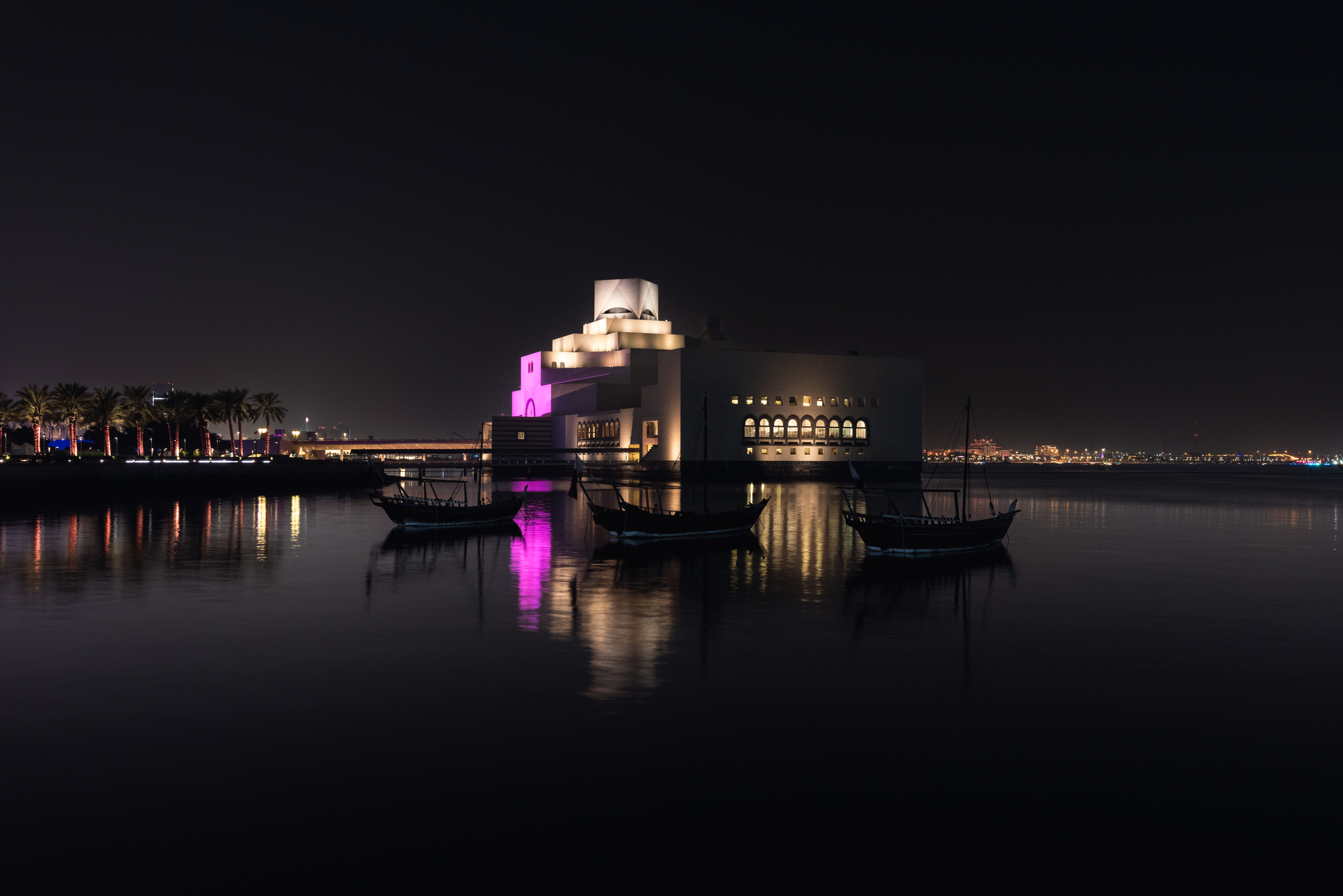
Dubai offers the region’s most permissive nightlife with alcohol served in licensed hotel venues, beach clubs hosting international DJs, and a scene that closely resembles European or American entertainment districts despite operating within the context of Islamic laws that still govern behavior.
Doha maintains more conservative approaches to evening entertainment with fewer venues serving alcohol (primarily in international hotels) and a nightlife scene focused more on shisha lounges, dessert cafes, and family-friendly activities along the Corniche and in cultural districts.
Sports Investments
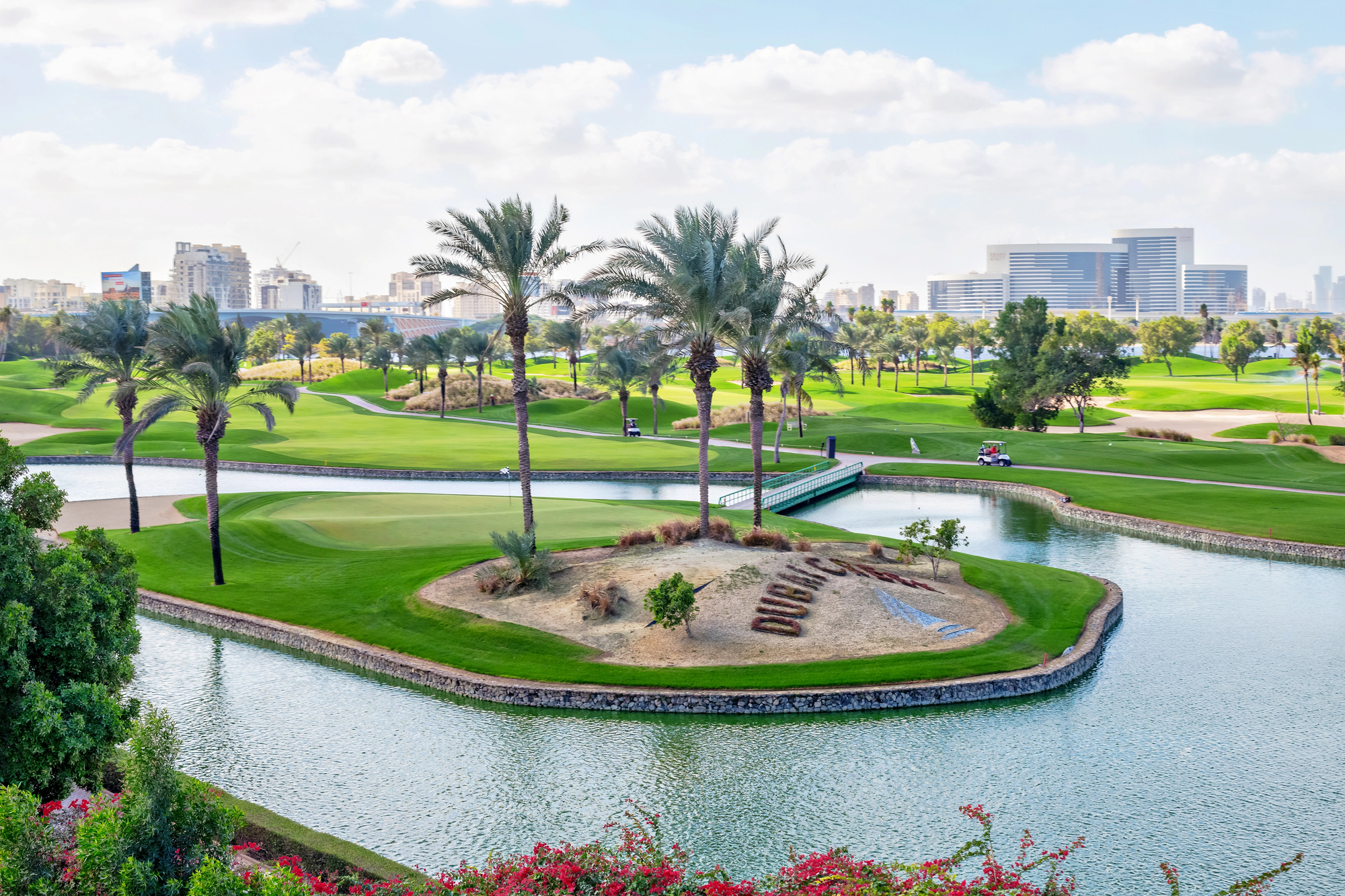
Dubai emphasizes participant sports experiences through championship golf courses, water sports facilities, and desert adventures that visitors can personally experience regardless of athletic ability. The focus creates activities that tourists themselves can participate in rather than spectator experiences.
Doha has invested heavily in spectator sports infrastructure, including World Cup stadiums, the Aspire sports academy, and facilities hosting international competitions in tennis, athletics, and swimming, positioning itself as a global sports hub for watching elite competitions rather than participant activities.
Like Travel Pug’s content? Follow us on MSN
Business Environment

Dubai has established itself as the region’s entrepreneurial hub with streamlined procedures for establishing companies, numerous free zones with specialized regulatory environments, and an approach that minimizes bureaucracy to attract international businesses seeking a Middle Eastern base.
Doha focuses its business development around strategic sectors, including education, media, and finance, with more centralized planning and state involvement in major projects, creating a more structured environment with closer ties between government entities and private enterprises.
Geographical Contexts
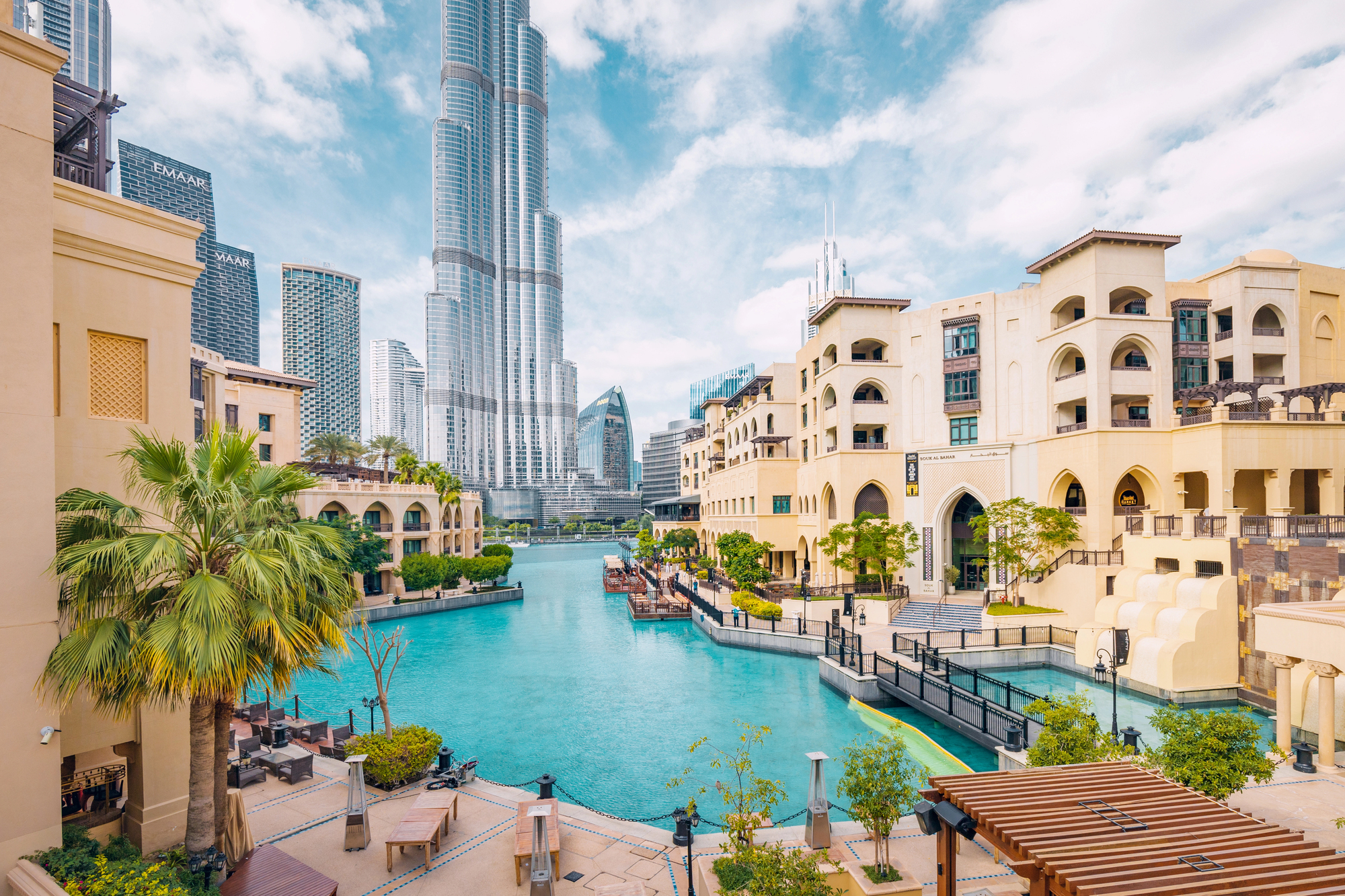
Dubai functions essentially as a city-state within the larger United Arab Emirates federation, with most visitors experiencing only Dubai itself rather than venturing to other emirates or regions despite the UAE’s diverse landscapes, from mountains to mangroves.
Doha serves as the dominant urban center of Qatar but exists within a small nation that visitors can explore entirely within days, allowing experiences ranging from inland sea excursions to northern archaeological sites as easy day trips from the capital city.
Between Tradition and Reinvention

These Gulf powerhouses represent different visions for how regions can transform through strategic development. Dubai has pursued a path of spectacular reinvention, creating an entirely new urban identity divorced from its modest trading port origins through relentless innovation and boundary-pushing projects that prioritize superlatives.
Doha has chosen a more measured evolution that maintains stronger connections to Qatari heritage while still embracing select aspects of modernization within a cultural framework that values continuity alongside progress. As these cities continue developing, they offer travelers fascinating case studies in how wealth can reshape environments while demonstrating that even neighboring states can produce remarkably different urban experiences based on cultural values and development philosophies.
More from Travel Pug

- Cities Growing so Fast You Won’t Recognize Them in 10 Years
- 13 Destinations Where Tourists Regularly Regret Their Trip
- 20 Obscure WWII Sites Even History Buffs Don’t Know About
- 10 Under-the-Radar Mountain Towns That Are Both Affordable and Beautiful
- Remote Villages in Europe Where You Can Live for Free in Exchange for Work
Like Travel Pug’s content? Follow us on MSN
